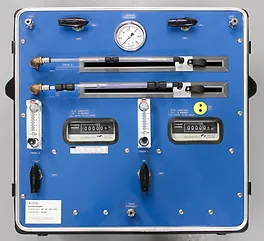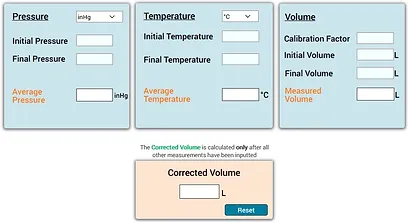
Biogas and RNG sampling is complex, with many common errors leading to concerns regarding the reliability of analyte concentrations reported. Over the next few months we’ll be sharing a series of emails and blog posts focused on best practices for biogas and RNG sampling. Today the focus will be on calculating and recording the correct gas volume measurements, one of the most common oversights.
Accurate gas volume is critical to reporting reliable analyte concentrations in biogas and RNG. Atmospheric pressure and ambient temperature affect the volume measurements, and since rotameters are calibrated for air, not methane, the methane concentration is an important factor as well.
All too often when our Biogas Lab receives sample data it’s missing one of the required variables, a variable is illegible, something is written in the wrong location, or the units are incorrect. To address these issues and simplify procedures for onsite personnel, Ohio Lumex is pleased to announce the release of our new online Sample Volume Calculator. Options for both our Dry Gas Meters (DGM) and Rotameter based Gaseous Fuels Sampling Systems are included.

This new tool will be beneficial to both us and our customers to help ensure that the most accurate results are reported. The link to access the Sample Volume Calculator is available below, and will also be included as a QR Code on all Chain of Custody forms to make it easy for field personnel to access via their phone.
Miss part of the series?
